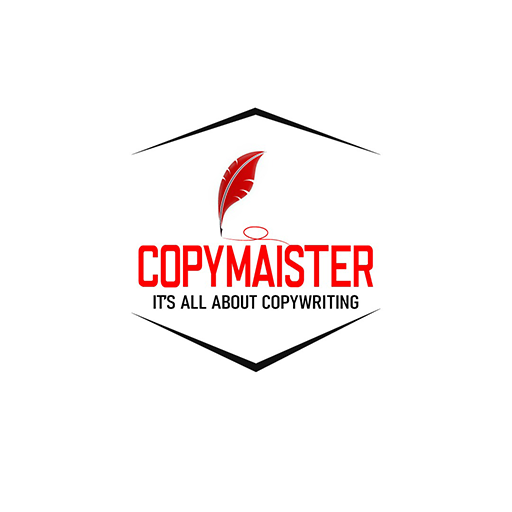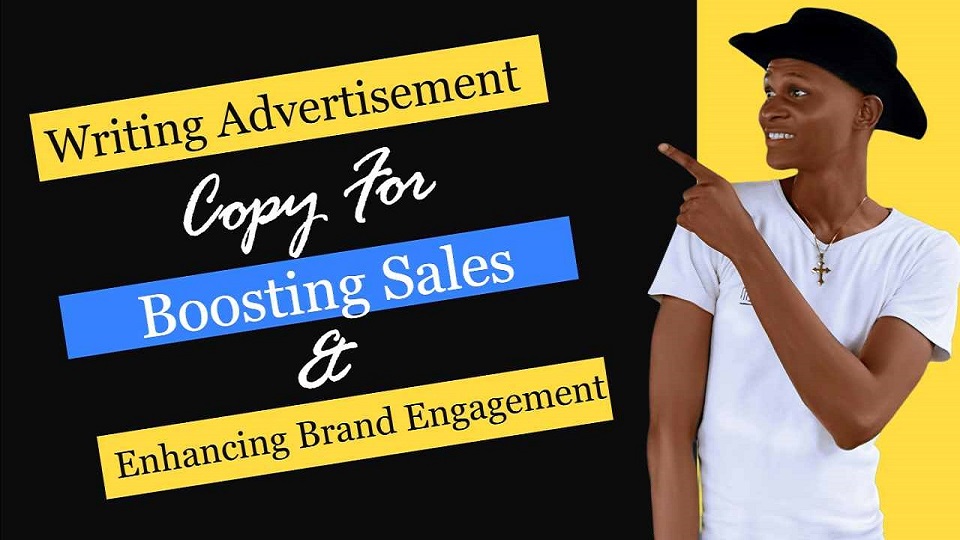Ad Copy! Have you been looking for a guide to help you craft ad copy that converts your passive viewer into a loyal customer?
If Yes!
Welcome. You are at the right place because today, I am going to discuss how you can craft perfect ad copy that cuts through the noise, engages your audience, and grabs their attention.
In this guide, I will provide the complete roadmap for crafting ads that enhance your sales and brand engagement for your product, service, or client.
By the end of this guide, you will have learned:
- How can you define objective and craft copy for a specific audience?
- How to create an ad’s irresistible headlines, attention-grabbing body copy, and compelling call to action.
- How to get leverage from human emotions to drive more sales.
- What are the common ad copywriting mistakes you should avoid?
- How can you align your copy with visuals to create powerful ads?
- How can you adapt your message for different platforms to maximize engagement?
Sounds interesting, right? If so, let’s dive in and learn to master the art of writing ad copy that sells and boosts Brand Engagement.
A Roadmap To Effective Ad Copy (Define Objective, Audience & Benefits)
Before starting work on any ad’s copy, there is a need to understand three foundational core essential elements such as:
- Objective of the ad.
- Who is the target audience?
- Benefits of your product or service
These three pillars help you to craft purposeful messages that resonate with your audience, enhance engagement, and ultimately convert. Let’s discuss each essential element one by one.
The objective of the ad
The first and most important thing you need to understand is what you want to achieve, whether you want to increase brand awareness, generate leads, or increase web traffic.
Defining the objective will give you a clear direction for the ad copy and how to shape it to achieve your end goal.
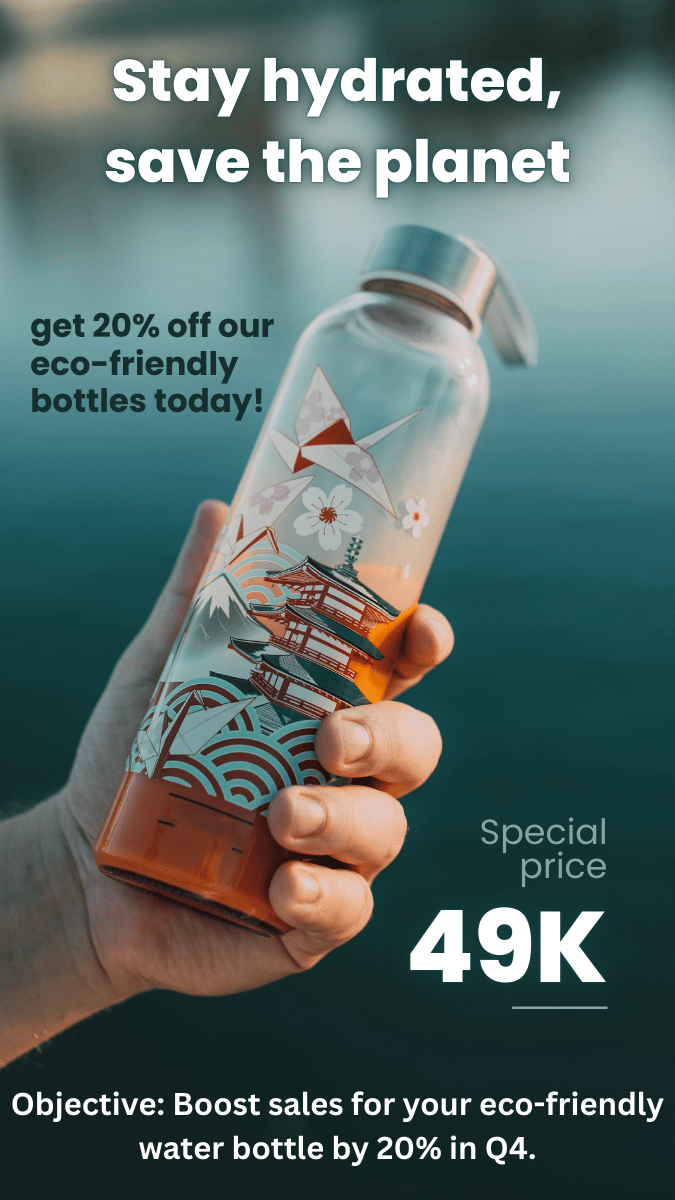
Who is the target audience
The second important thing you should know before starting to craft your ad copy is who you are going to talk to.
Understanding the target audience will help you to understand their needs, desires, and pain points.
With the proper understanding of these things, you can craft laser-focused copy that resonates with your target audience.
How do we do audience research?
To understand your audience, think about the following questions and answer them:
- Who are they? Are they students, parents, professionals, retirees, their gender (Male, Female, or Both)?
- What are their challenges and interests? Mention the pain or problem that your service or product can solve.
- Where do they spend most of their time? Mention the networks where your audience is most active, such as Instagram, Facebook, etc.
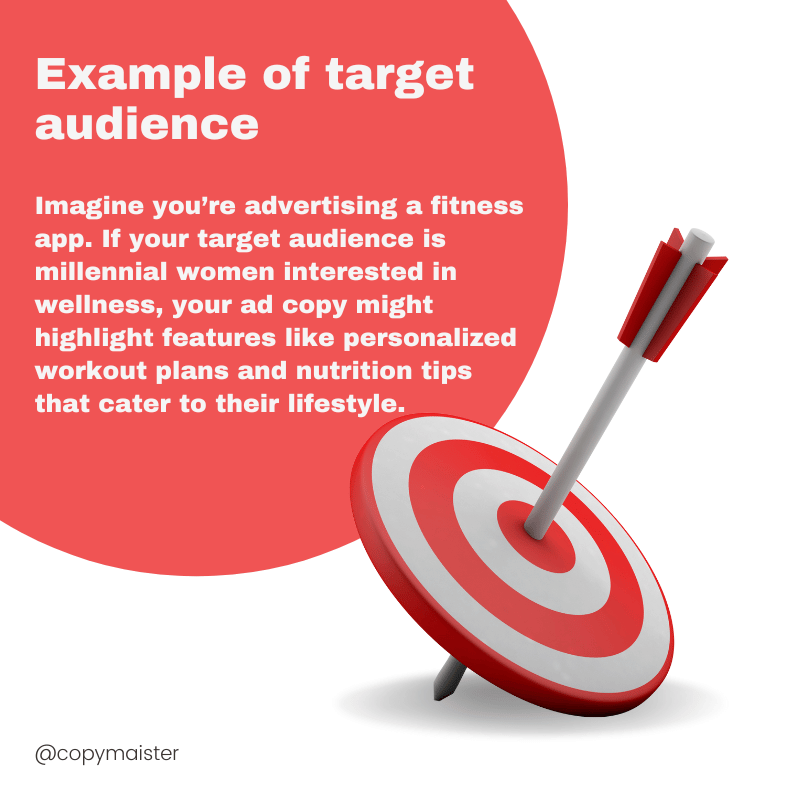
Benefit of your product or service
Find the reason why your target audience cares. Keep in mind that people do not buy products or services. They buy benefits, meaning they want to know how your product or service can solve their problem or fulfill their desires.
If they find your product or service worthwhile and help them achieve their goals, they will buy it. Otherwise, they will ignore it.
So, before writing a copy, it is important to clearly outline the key benefits that will help you effectively highlight the problem, solution, and positive outcome your audience will experience after using your product or service.

Three Essential Components Of Ad Copy
There are three essential components of an ad copy such as:
- Headline.
- Body Copy.
- Call to action.
These Ad copy components work together and must all be well crafted. So, when you are working on them, ensure that they are persuasive and attention-grabbing and drive your audience to take action.
In this section, I will discuss how you can craft your ad’s essential components—headline, body, and call to action—expertly for maximum impact.
So let’s dive in:
Headline
The headline is the first touch point, the first thing your audience does when interacting with your ad. It plays a crucial role in determining whether your audience will explore your ad further.
So, for your ad’s success, it is important that your headline is attention-grabbing and engages your audience to explore the ad further.
How do you make an excellent headline for ad copy?
To make the headline that stands out, you can follow these techniques:
- Use strong words in the beginning, such as (Transform, Enjoy) to immediately engage your reader.
- Create a sense of urgency using words such as (Now, Limited time).
- Mention key benefits (Positive outcome) your audience will get after using your product or service.
- Make your headline ultra-specific, which means if you write for beginners, address only them.
- Cut out hassle, eliminate the pain, or solve the problem.
- Using numbers or statistics will make your headline more specific and credible.
- Intrigue your audience by asking questions.
With the help of these techniques, you can make your headline persuasive and attention-grabbing. Just make sure your headline is short, simple, and sweet.
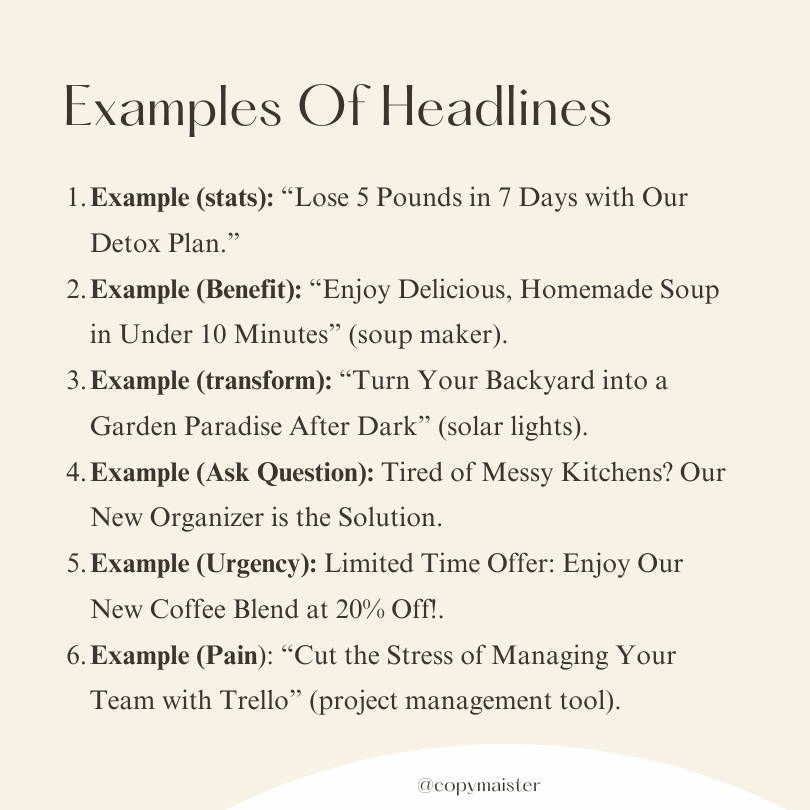
Body Copy
Body copy is where you explain your offering and provide additional details about your product or service to persuade and convince your audience.
Let’s discuss how you can make it persuasive:
- Keep your body copy short and sweet.
- Avoid complex words.
- Write like you are talking with your audience and address them using “you” or “Your.”
- Focus on benefits and mention how your product or service helps your audience eliminate their pain or problem.
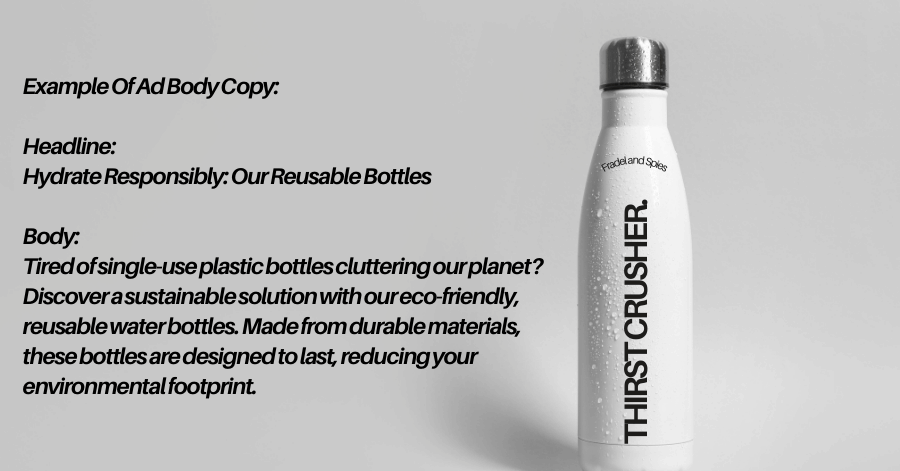
Call To Action (CTA)
A call to action (CTA) is the final step. After you have got your audience’s attention, you have to guide them, with the help of a CTA, to what to do next.
You craft CTAs according to your goal, whether you want your audience to fill out a sign-up form, visit your website, make a purchase, or learn more about your product or service.
Let’s discuss tips to write compelling CTA:
- Keep it short and straightforward.
- Create a sense of urgency.
- Only mention one CTA at a time to avoid confusing your audience.
- Remind your target audience why they should take action by mentioning benefits.
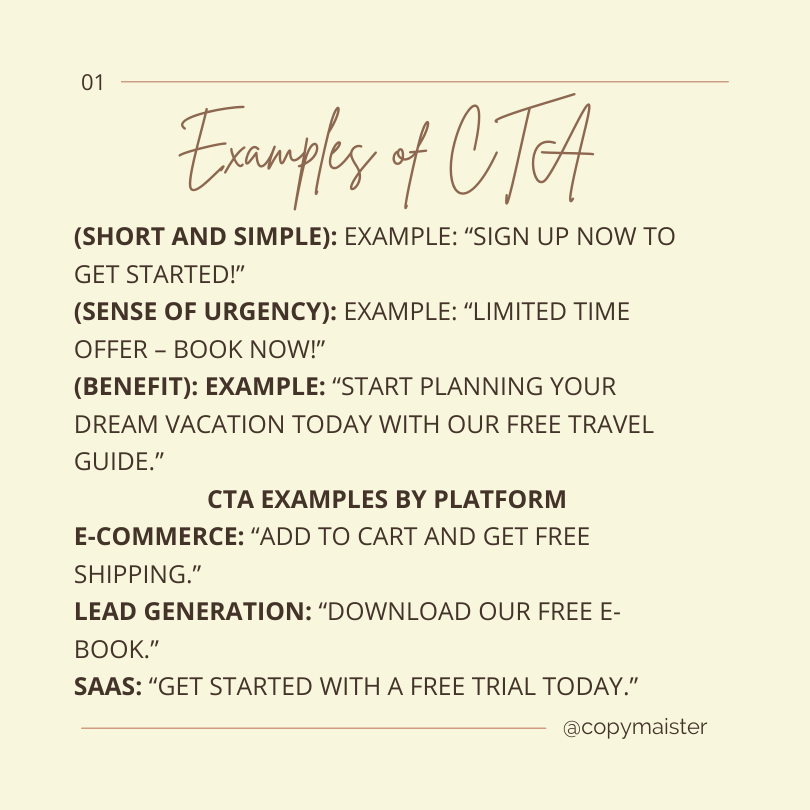
The Power Of Emotional Copywriting
Because of the massive competition in the digital world, standing out has become more complex than ever. To connect with your audience and drive sales, you need copy that taps into your reader’s heart.
In this section, I will discuss a powerful technique: Emotional Copywriting, which transforms ordinary ad copy into a compelling narrative.
This technique helps you connect with your target audience’s hearts, not just with their heads.
So, Let’s discuss the strategies that will help you craft emotional copy:
Be Conversational
Connect through simplicity. Craft your copy like you are having a conversation with your target audience.
Use simple language, avoid complex sentences, and keep your tone conversational to make your copy relatable and approachable.
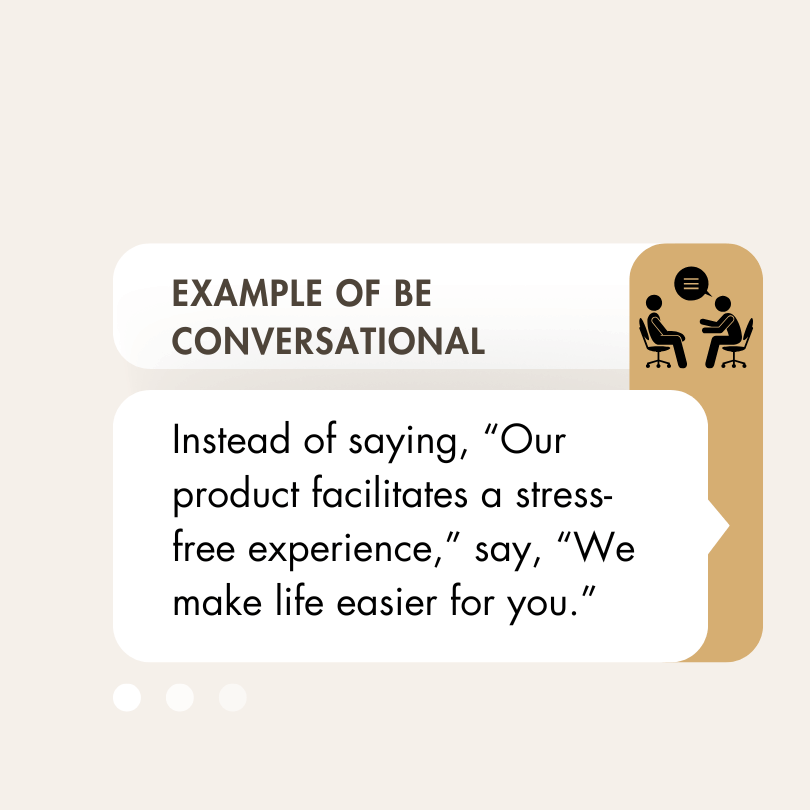
Build Curiosity
Curiosity is the ultimate emotional hook that you can use to compel your reader to explore your copy further.
To create curiosity, follow these tips:
- Pose a question that makes your target audience curious to find the answer.
- Give a hint about key benefits without revealing everything.

The Magic Of Metaphor
As humans, our emotions are joined with abstract ideas that are hard to express in a few words.
So here, you get help from metaphor. By comparing the abstract concept with tangible experience, you can make your ad copy more memorable and vivid.
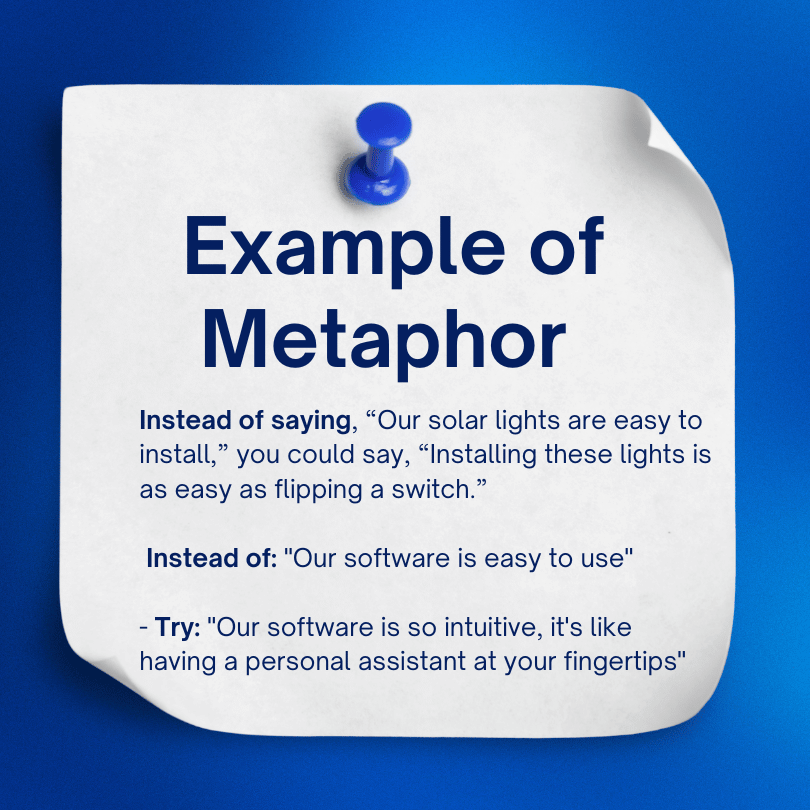
Use Emotional Triggers
To fully connect with your target audience, you must ensure that they tap into specific emotions that drive action.
There are some powerful emotional triggers you can Incorporate into your ad copy, such as:
- Fear of missing out (FOMO): Emphasize that they miss great opportunities if they don’t act now.
- Joy: Give them an experience that makes them happy and excited.
- Belonging: Build the sense that they are a part of your community.
- Pride: Appeal to your reader’s sense of achievement or identity.
- Urgency: Create a sense of urgency that encourages them to act now.
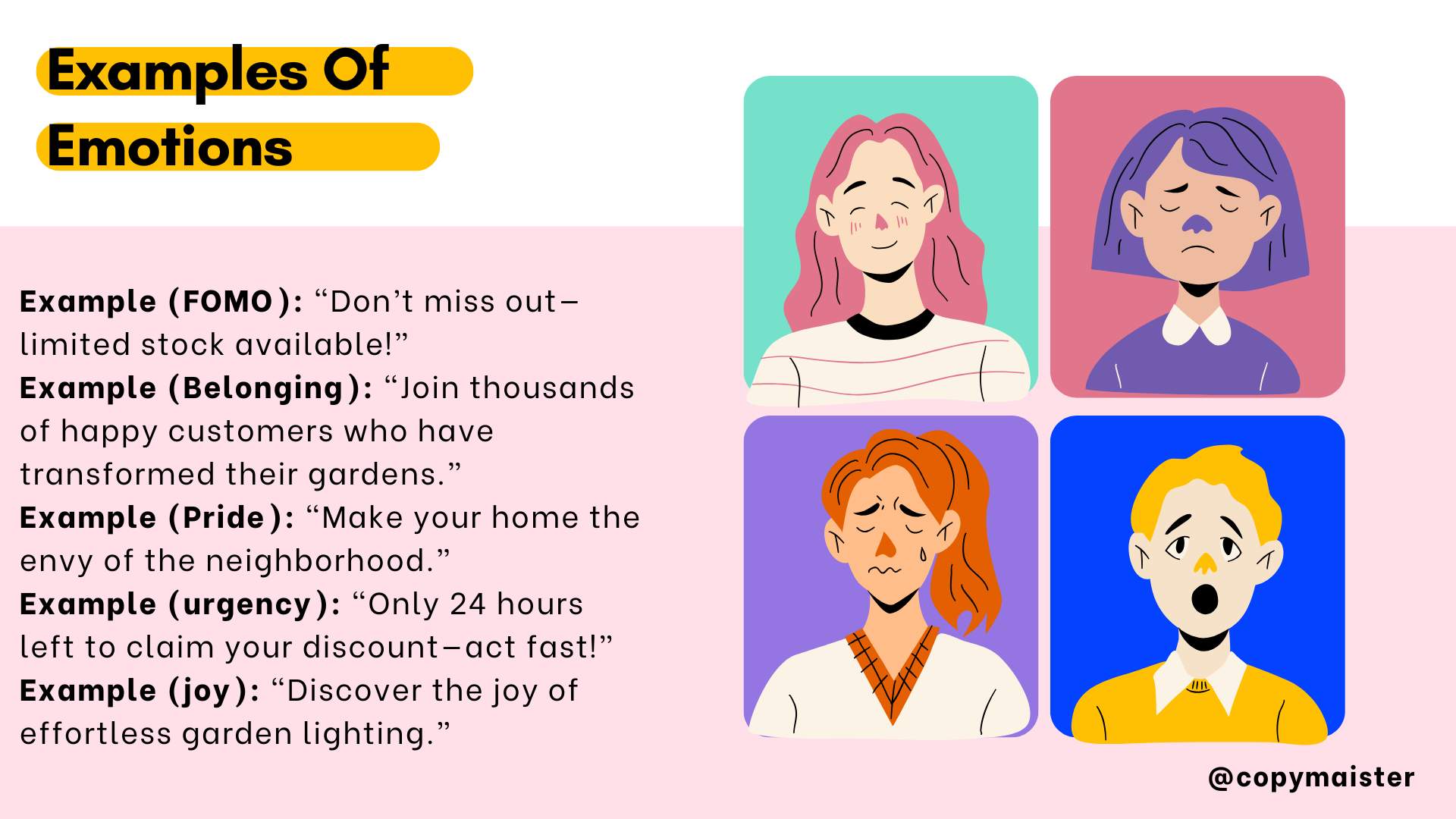
Combine Copy With Images
Visuals play an essential role in capturing the attention of your target audience. Copy, on the other hand, provides the context and encourages your target audience to take action.
So, your copy and visuals must work together for maximum impact to enhance your ad’s effectiveness and engagement rate.
In this section, I will discuss strategies for combining visuals with copy to help you craft a message that resonates with your target audience.
So, let’s discuss each strategy one by one:
Use Product Visual Wisely
If your product is a beauty cream, show in your visual that the model is applying it to their face to demonstrate its effectiveness.
Keep your copy concise as a supporting player to provide context without tendency. Ensure that your copy highlights the benefit instead of what your image already conveys.
Use Caption Strategically
Use captions to enhance the overall impact of the visual. Craft your caption so that it introduces valuable information, fosters curiosity, or provokes thought, keeping your target audience engaged.
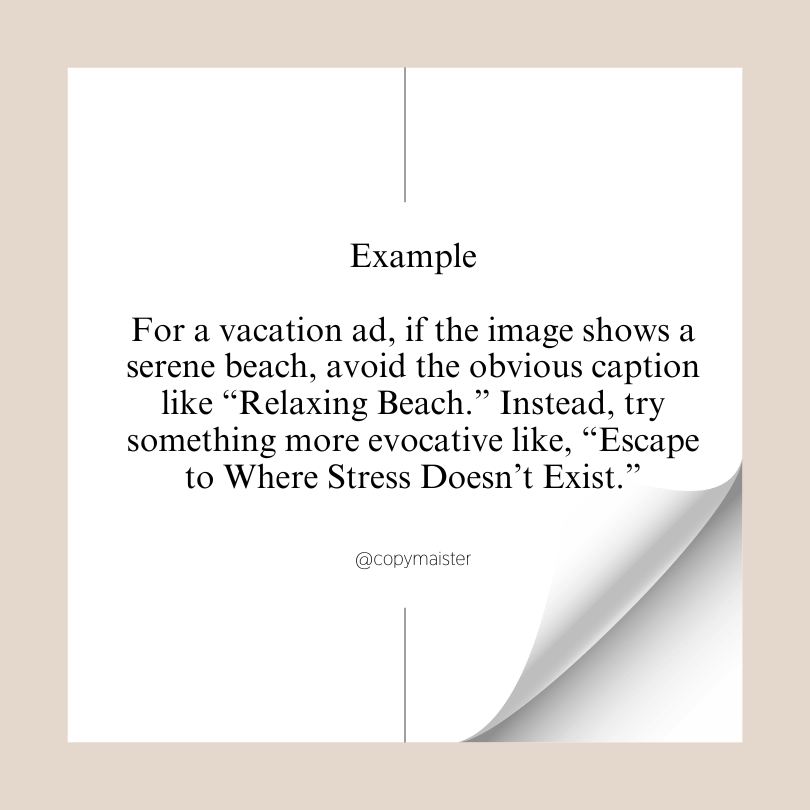
Test copy’s multiple variations with visual
Testing different copy variations with the same image allows you to analyze what resonates best with your target audience.
This practice helps you understand while keeping a constant visual of which emotional trigger, tone, or call to action works best with your visual.
Use visuals that spark curiosity
Use visuals that do not directly relate to your product but spark the viewer’s curiosity because sometimes creativity can mean breaking the mold.
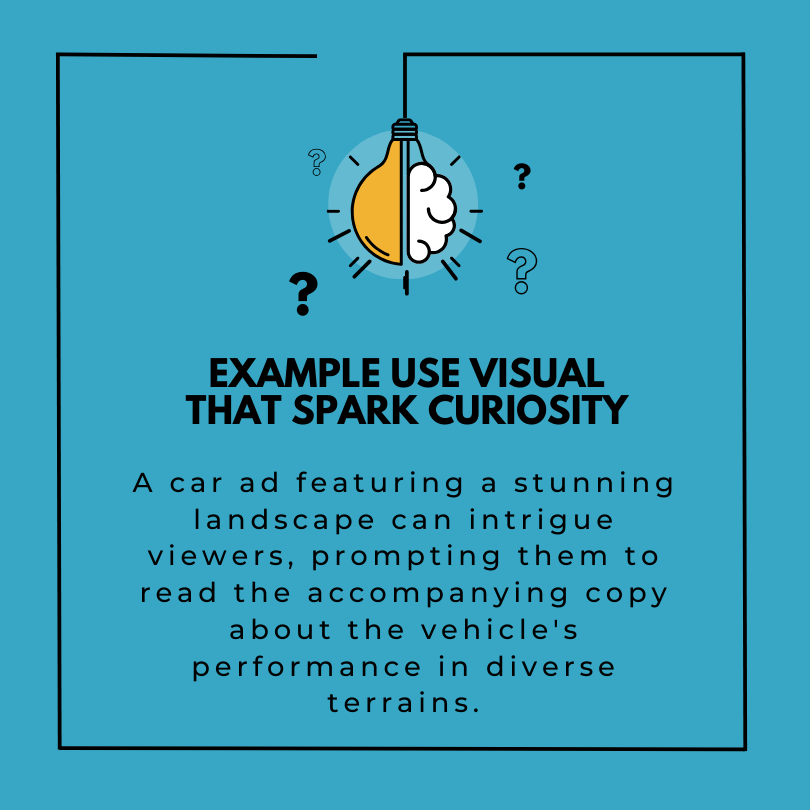
Experiment With Generic Copy
Sometimes, when delivering a broader message, you need a generic copy. Experimenting with multiple images with the same generic copy can be effective in this case.
Adapt Copy For Different Platforms
Nowadays, it is essential to remember that the ad copy that works in print may not work on social media or for PPC ads.
Each platform has its own characteristics and guidelines, so you should tailor your copy to fit the nuances of each platform in order to maintain a consistent brand voice.
In this section, I am going to discuss with you how you can adapt ad copy for different platforms, such as:
- Print Ad.
- Social media Ads.
- Online Display Ads.
Now let’s discuss each one by one in detail:
Print Ad
Print ads are mostly more detailed and longer, which allows you to add depth to your ad copy designed to target a more engaged audience.
Tips to Write Print Ads:
- Leverage longer copy because print ad audiences will read longer, well-thought-out copy.
- To connect with your target audience, align your tone with the tone and style of the publication.
- To make your print ad copy more appealing, use sensory language, such as words that evoke touch, emotion, or imagery.
- Mention benefit to emphasize why your product or service matters to the reader.
- Do not forget to add a Call to Action. Tell people what to do next, and mention your web address, phone number, scanning code, etc.

Social Media Ads
Social media Ads are designed to capture readers’ attention quickly. Because social media users scroll quickly, it is essential that your copy be impactful and highly resonate with your audience.
Tips to Write Social Media Ads:
- Write as you speak. Do not use jargon and technical terms.
- Keep your copy concise because users have short attention spans on social media.
- Do not mention unnecessary information or detail. Get to the point quickly and lead with the most critical information or benefit.
- Keep in mind the platform’s nature. For example, on LinkedIn, you need to use a formal tone to show professionalism, while on Instagram, you require a casual tone.
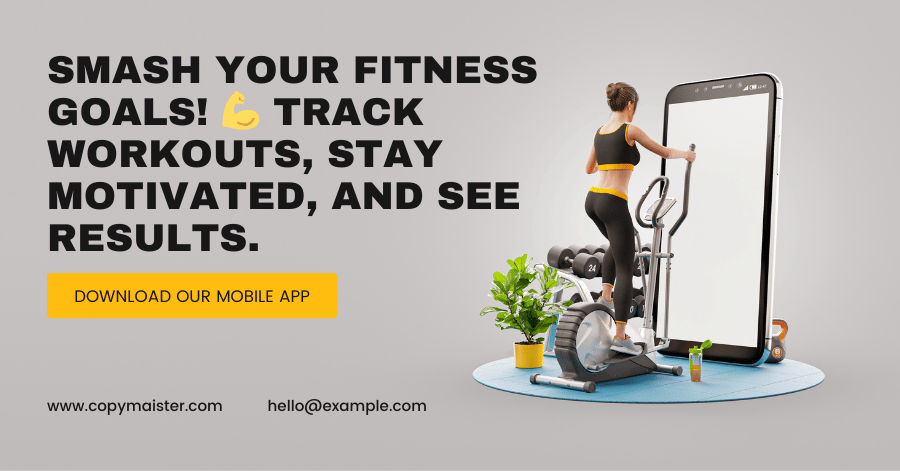
Display Ads
Display ads usually display across the website with images, allowing you to add limited text for display ads. You need to craft the highly focused copy to cut through the clutter.
Tips to craft display ad copy:
- Keep your copy short and sweet. Less is more focused on a single but powerful message.
- Incorporate a sense of urgency.
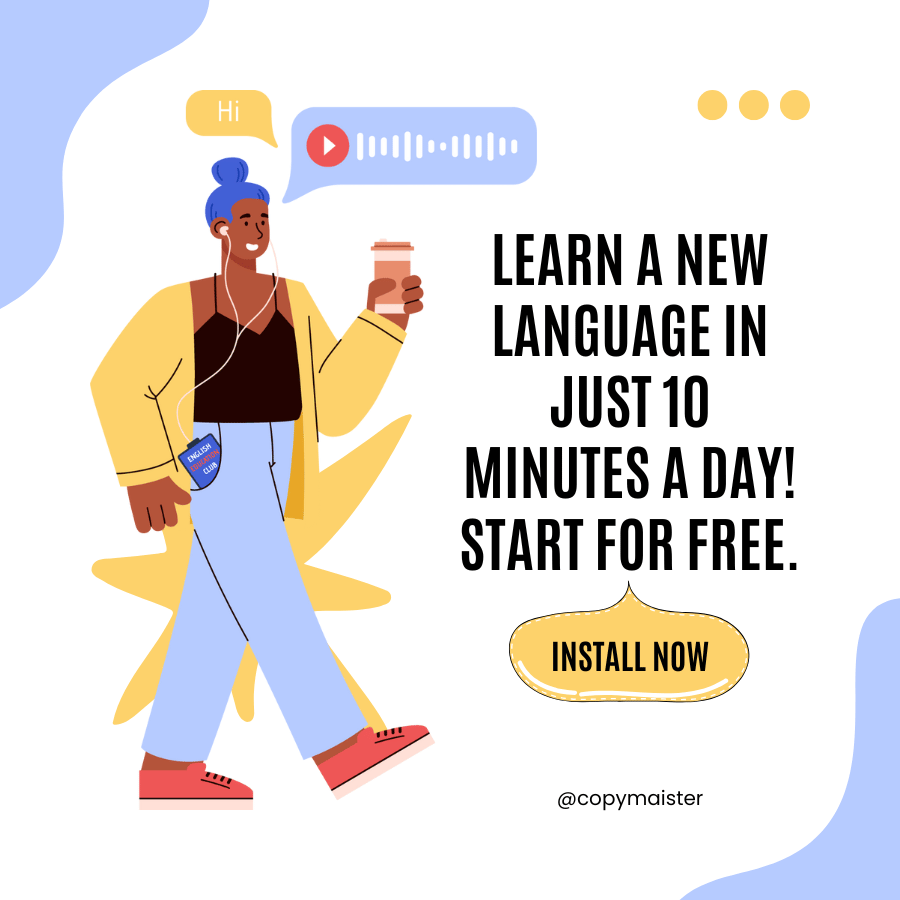
Conclusion
In this guide, you have learned how to write Ad copy to enhance your sales and brand engagement.
I have discussed with you how you can define your objective and the audience and then, for your audience, how you can craft a headline, subheadline, and call to action. You have also learned key strategies for incorporating emotions into your ad copy.
You have also learned how to combine copy and image to maximize impact. Lastly, I have discussed how to adapt copy for different platforms.
With the help of the tips, techniques, and strategies in this guide, you can craft ad copy that not only grabs attention but also drives action.
So that’s it for now. If you have any confusion, you can send me an email or ask in the comments.
